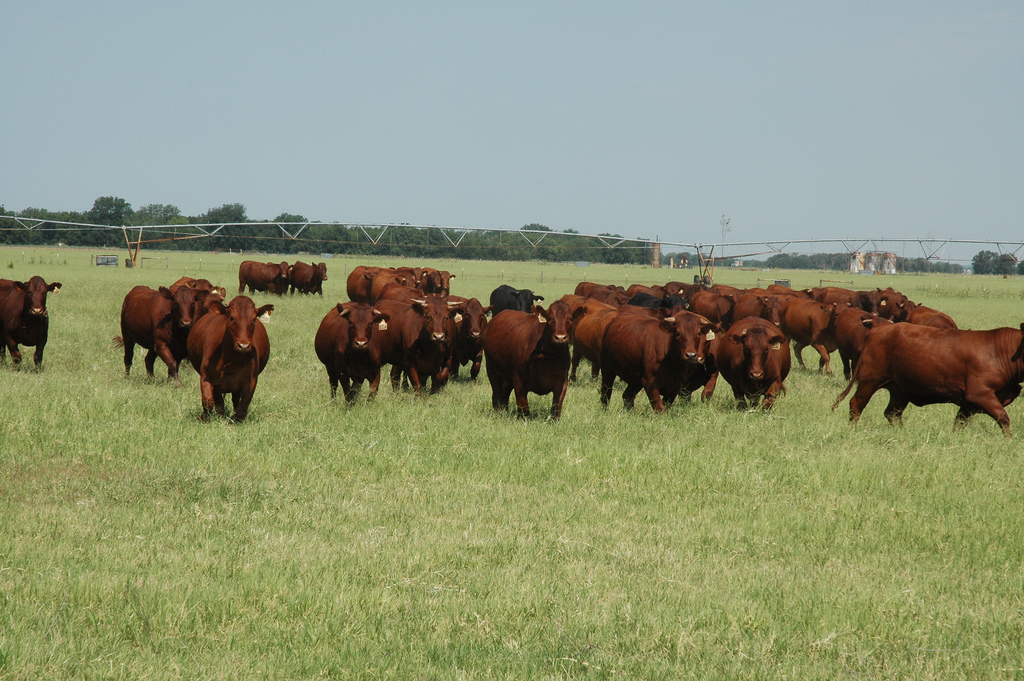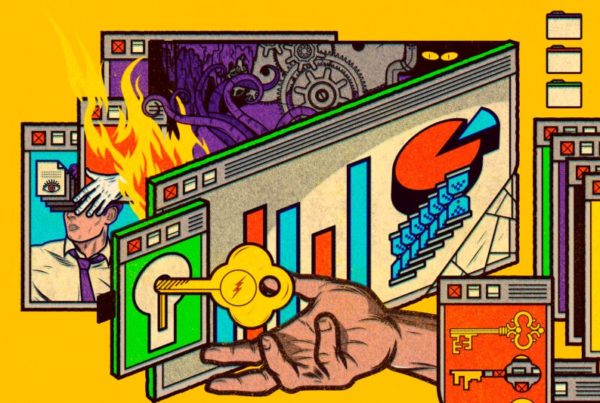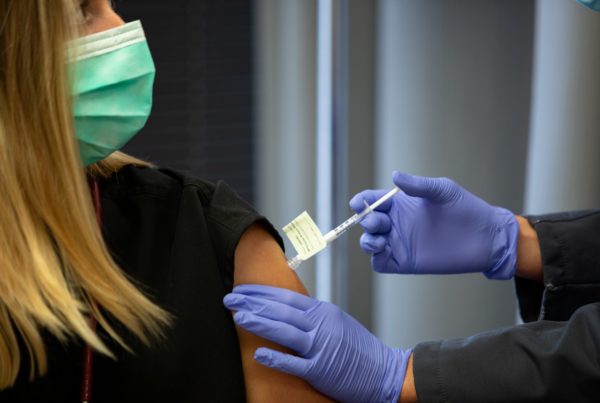Around the end of March, Chris Swenson thought he had a problem with his Web site.
Swenson is the head of Swenson ranches, a cattle operation in Elgin and Stamford that’s been in his family since 1882. It was started by his great-great-grandfather Svante Magnus Swenson, Texas’ first immigrant from Sweden.
These days, direct-to-consumer sales are part of the business. Once a week, Chris updates what’s for sale on the web site.
“You know, I’ll list here’s 10 sirloin steaks available, 50 pounds of hamburger, whatever,” he said.
One evening, as he was punching in his latest inventory, he noticed something was wrong. Each time he updated the site with a new item, the one he’d entered just before would go back to zero.
“And I’d say ‘Oh my gosh, I must not have updated [the site]. I must’ve hit the wrong button.’ I mean I’m not a wiz at this internet stuff,” he said.
This kept happening, until Swenson realized that the cause wasn’t a glitch. It was demand.
“People were waiting for me to put stuff up and were just ordering it as soon as we put stuff up,” he said.
People were desperate to buy Swenson’s beef. Before the pandemic, his direct-to-consumer business was pretty slow. He might get five or six orders per week around the Austin area. Post-coronavirus, that number jumped to over 70 orders a week. And he got calls from all over – including a couple in Florida who wanted Swenson to deliver a whole cow to them. He declined the order because he couldn’t take that much time off work.
‘Are we really this dependent on these plants?’
Other ranchers who sell their beef directly to consumers experienced similar spikes in demand. That’s because the pandemic exposed weaknesses in the beef supply chain.
There are lots of middlemen in the beef business. When a rancher raises a cow, they typically sell it to someone else who will fatten it up. That person will sell it to a meatpacker, which will butcher the animal, package the beef, and send it to the grocery store.
But over 70% of U.S. beef gets processed by just four big companies – Tyson Foods, JBS Beef, Cargill and National Beef. Coronavirus outbreaks among their workers forced many of their plants to close, causing a beef shortage. Customers couldn’t find beef in stores, and ranchers had nowhere to sell their cattle.
“That at least opened up everybody’s eyes like, ‘What the heck is going on? Are we really this dependent on these plants?’” said Dawn Thilmany, professor of agricultural and resource economics at Colorado State University.
For most ranchers, the answer is yes. Swenson and others like him are exceptions. They typically work with small, local processors to butcher their cows, and then ship directly to consumers. That effectively inoculated them from the pandemic’s effect on the broader beef industry.
“The analogy everyone always wants to use [for direct-to-consumer beef] is being an independent music label versus being on a big label, or a craft beer versus a large format brewery,” said Thilmany. “It’s almost an entirely different business model.”
Selling directly to consumers isn’t necessarily more profitable, but ranchers have more control over their product. That’s attractive for those who want to raise specialty cattle like wagyu or grass-fed, or who are unhappy dealing with the big meatpacking companies. Ranchers have very little control over the price they get for their cows, and the U.S. Department of Agriculture is currently investigating price-fixing allegations levied at the big four meatpackers.
Still, even though the direct-to-consumer model has grown since the pandemic, it’s still a very small portion of the overall beef market
“It takes a very unique and dedicated type of business person because it’s very multifaceted to do your own brand of beef, basically,” said Thilmany.
In addition to all the challenges that come with just raising cattle, you’ve also got to manage a web site, do all the marketing, and get it delivered to the customer. You take the middleman out of the supply chain, but on the other hand, now you are the supply chain.
Plus, getting a cow processed into cuts of beef takes special skills and equipment. Right now, the people who do that work are swamped. Josh Welsh runs a mobile processing service out of Huntsville called Pasture to Plate Processing.
“I’m very busy,” he said. “I’m working on average a 60-70 hour week.”
Welsh started his business during the pandemic. He travels to customers throughout southeast Texas, processing cattle and other animals on site. He’s been successful so far, but the question is whether he – and others in the beef industry who bypass big packers – will be able to stay busy once the pandemic’s over.
“The standard processing system as we know it is never going to go away, but there will be a larger amount of people who will step away from it, and I think we’re going to see small processors take off,” Welsh said.
So while the direct-to-consumer model may be more popular on the other side of the pandemic, it likely won’t disrupt the entire system. But a supply chain where smaller processors working with local ranchers have more market share might be more resilient than relying on colossal packing companies.














